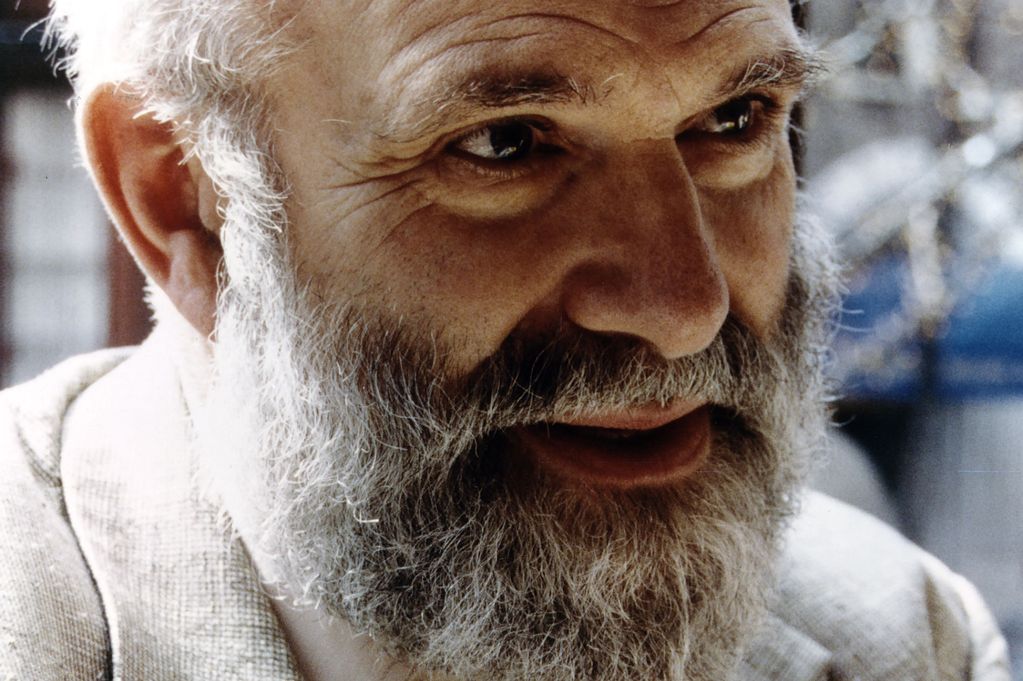-
Tips for becoming a good boxer - November 6, 2020
-
7 expert tips for making your hens night a memorable one - November 6, 2020
-
5 reasons to host your Christmas party on a cruise boat - November 6, 2020
-
What to do when you’re charged with a crime - November 6, 2020
-
Should you get one or multiple dogs? Here’s all you need to know - November 3, 2020
-
A Guide: How to Build Your Very Own Magic Mirror - February 14, 2019
-
Our Top Inspirational Baseball Stars - November 24, 2018
-
Five Tech Tools That Will Help You Turn Your Blog into a Business - November 24, 2018
-
How to Indulge on Vacation without Expanding Your Waist - November 9, 2018
-
5 Strategies for Businesses to Appeal to Today’s Increasingly Mobile-Crazed Customers - November 9, 2018
Brits are Obsessed with Taking Selfies
While 30 percent prefer to use laptops to go online.
Advertisement
Smartphones have overtaken laptops as the most popular device for getting online, in what is described as a “landmark moment” by Ofcom. Nearly 33% of Britons opted for smartphones as the device of choice in 2014, ahead of 30% who preferred laptops.
However, the TV remains above the smartphone when it comes to the device which consumers responded they would miss the most.
The research saw 3,756 people aged over 16 across the UK, including 492 in Scotland, surveyed in the first two months of this year. It also reports that two thirds of people now own a smartphone, and use it for more than two hours a day to do stuff online.
Perhaps surprisingly, most tablets are not used as mobile devices: instead they tend to function as a piece of household equipment, left in the home and shared by the family.
According to the report, laptops accounted for 40% of online connections in 2014.
The UK has become a nation of dedicated smartphone users, with mobiles now rated the most popular device for internet access for the first time.
Some 31 per cent of Brits said they had taken a picture of themselves in the past year, with one in 10 adults taking at least one per week, Ofcom added.
Elsewhere, take-up of a 4G service among smartphone owners rose by a quarter between 2014 and this year to 55 per cent, ten per cent higher than the UK average.
“Ofcom wants to see the widest possible availability of communications services and is considering what further options might be available to improve coverage, both mobile and fixed-line broadband, as part of its digital communications review”.
The smartphone ownership in this age group has more than doubled since 2012 – from 19 percent to 50 percent, the report revealed.
“For young people, checking social media messages before breakfast is even more crucial”, the report noted.
James Thickett, Ofcom director of research, said: “4G has supercharged our smartphones, helping people do everything from the weekly shop to catching up with friends with a face-to-face video call”. The average adult watched three hours and 40 minutes of television per day in 2014, 11 minutes less than in 2013, though last year was the second year in a row the watching time had declined.
Advertisement
Meanwhile, fewer people watched TV in the traditional way, with a net drop of 34 per cent in the number of people who watched it at the time it was broadcast.




























